Formosan tree termites are an invasive species that can cause significant damage to trees and structures in Austin and surrounding areas. These termites are particularly aggressive and known for creating large colonies. At Real Green Services, we offer specialized treatment plans to protect your trees and property from the damage caused by these destructive pests.
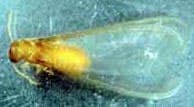
Formosan termites have three distinct castes: reproductives, soldiers, and workers. Reproductives, or alates, have wings and are about 0.5 to 0.6 inches long. Soldiers have tear-drop-shaped heads and secrete a defensive white fluid. Recognizing these characteristics early can help detect infestations before extensive damage occurs.
Signs of a Formosan termite infestation include mud tubes on foundations, holes in walls, and the presence of winged termites. These indicators are often found around trees and homes, signaling the need for immediate treatment.
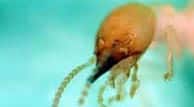
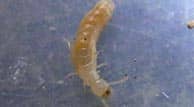
Colony Structure and Size
Unlike native termites, Formosan termites form extremely large colonies that can contain millions of termites. This large population allows them to cause significant damage quickly, making early detection and treatment essential.
Unique Nesting Habits
Formosan termites are unique because they build above-ground nests, unlike other subterranean species. Their aerial nests allow them to bypass soil treatments, making them harder to control with conventional methods.
Impact on Trees
Formosan termites can infest more than 50 plant species, including live oaks and cypress trees. By feeding on both the spring and summer growth wood, they can weaken trees and, over time, cause tree death.
Damage to Homes and Buildings
These termites can also move from trees to structures, chewing through materials like wood, plastic, and even metal to reach cellulose. Homes with untreated wood are particularly vulnerable, making it critical to implement effective treatment strategies.
Professional Inspections and Customized Treatment Plans
Our process begins with a detailed inspection to determine the extent of the infestation. We then develop a treatment plan tailored to your specific situation, using termiticides, bait systems, and other proven methods to eliminate the colony.
Long-Term Monitoring and Prevention
After the initial treatment, we offer continuous monitoring and maintenance programs to prevent future infestations. Regular inspections ensure that any new termite activity is detected early, allowing for prompt intervention.
Don't let Formosan termites threaten your property. Real Green Services offers expert termite control to safeguard both your trees and your home. Contact us today to schedule a professional inspection and receive a personalized treatment plan.
Free Lawn Analysis
For fast service, fill out this form for a free, no obligation lawn analysis. You don’t have to be home for your analysis. The professionals from Real Green Pest and Lawn will take a look at your lawn and leave all of our findings conveniently at your front door.
Oops! We could not locate your form.
MORE GREEN, LESS WEEDS, LESS MONEY!
Real Green's lawn service is customized to your lawn with professional grade products and fight the tough, drought related weeds, lawn-damaging bugs and disease while providing a nutrient-rich diet and water saving products to thicken and green up your lawn. No more messy fertilizer and chemical storage. No more concerns about burning your yard. You water and mow, we’ll do the rest.
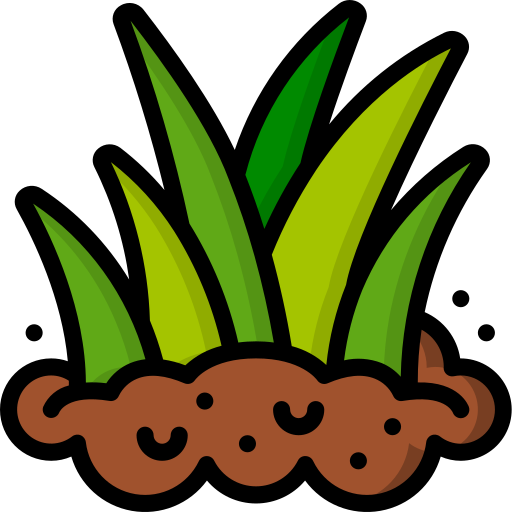
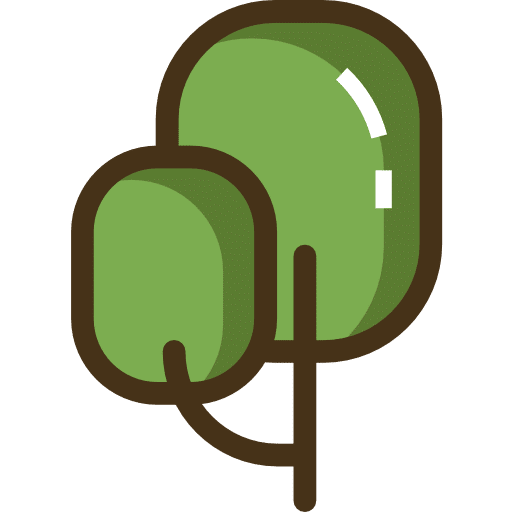
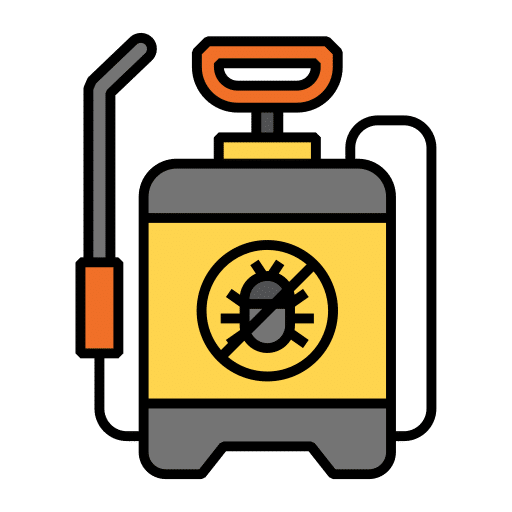


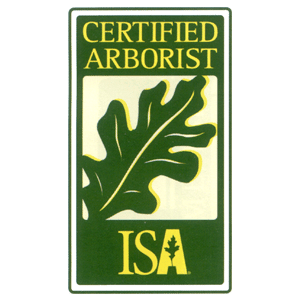
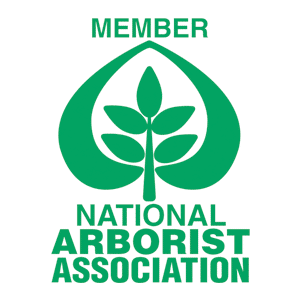
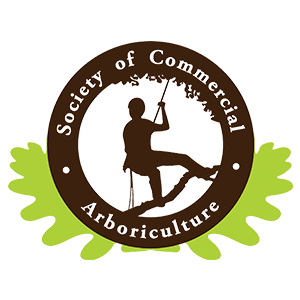
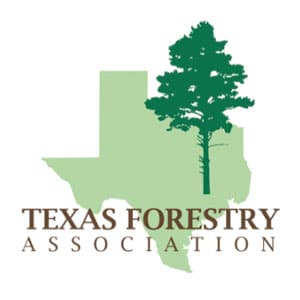
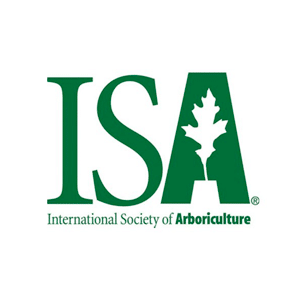
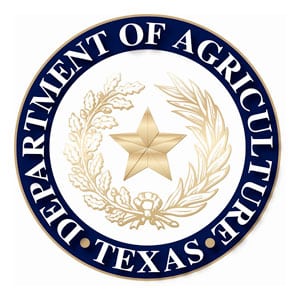
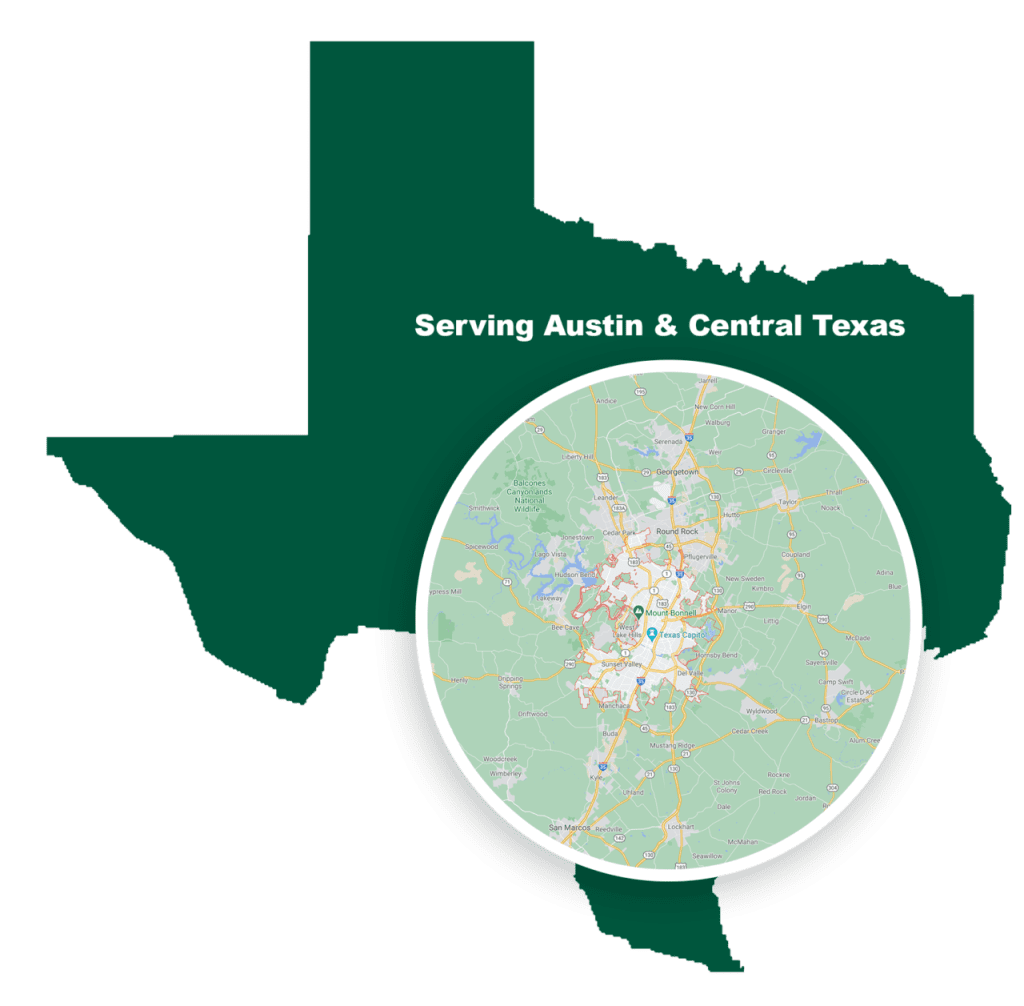
SERVING AUSTIN & CENTRAL TEXAS
Real Green Services are known for our great service and low prices throughout Austin and the Central Texas area. We currently service all of Austin and a large portion of the Central Texas area, please call us if you have any questions!
Fastest Growing Company in Texas
Most Popular Services
Deep Root Fertilization | Lawn Care | Lawn Aeration | Pest Control | Termite Control | Weed Control | Lawn Fertilization